So we've gone all out with 99 photography tips that will ensure your photography catapults to the next level. Think of this list as one of those red Swiss Army knives but for photography.
If you would prefer to start with a slightly higher overview of the craft, then take a look at our beginner's guide to photography.
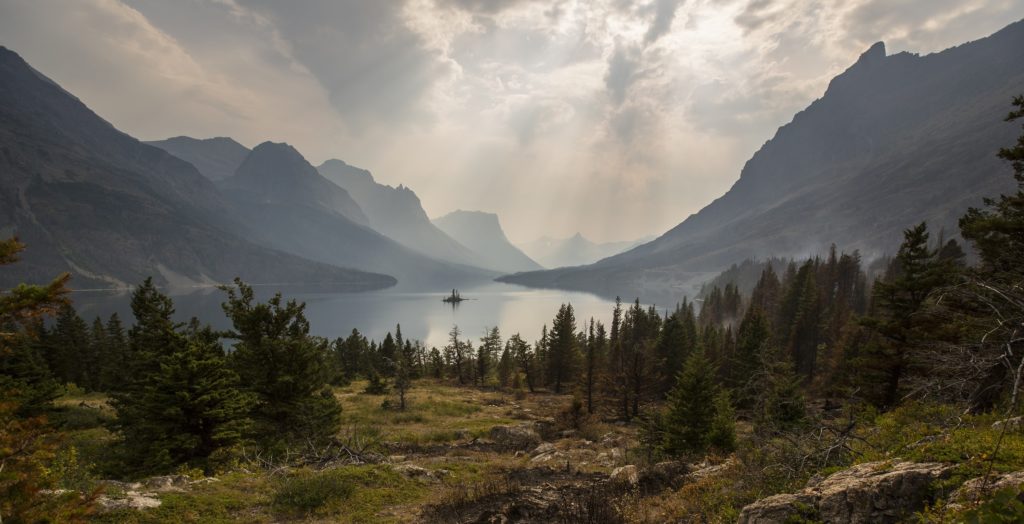
Practice these photography tips in your mind like a mantra, and you'll turn into a better photographer in no time. All of these tips and tricks go beyond knowing how to use a camera, anyone can learn how to use a camera – just as anyone can learn to drive, but only a few will be great photographers, and that's what you can become if you embrace these photography tips.
1. Learn about composition
Any photograph can be perfect in terms of sharpness and exposure, but if it isn't able to trigger an aesthetic experience, it is useless. You will achieve that with composition, even if you have a photograph filled with failures and flaws. Composition is the heart and soul of a photograph.
2. Shoot 35mm film
Don't get us wrong, we are not saying to change over to analog format, just try it out. Shooting with film delivers one of the most nurturing experiences for any photographer in the world. It teaches us to think better each frame, and when turning back to digital, that will have a positive impact in your keeper's ratio.
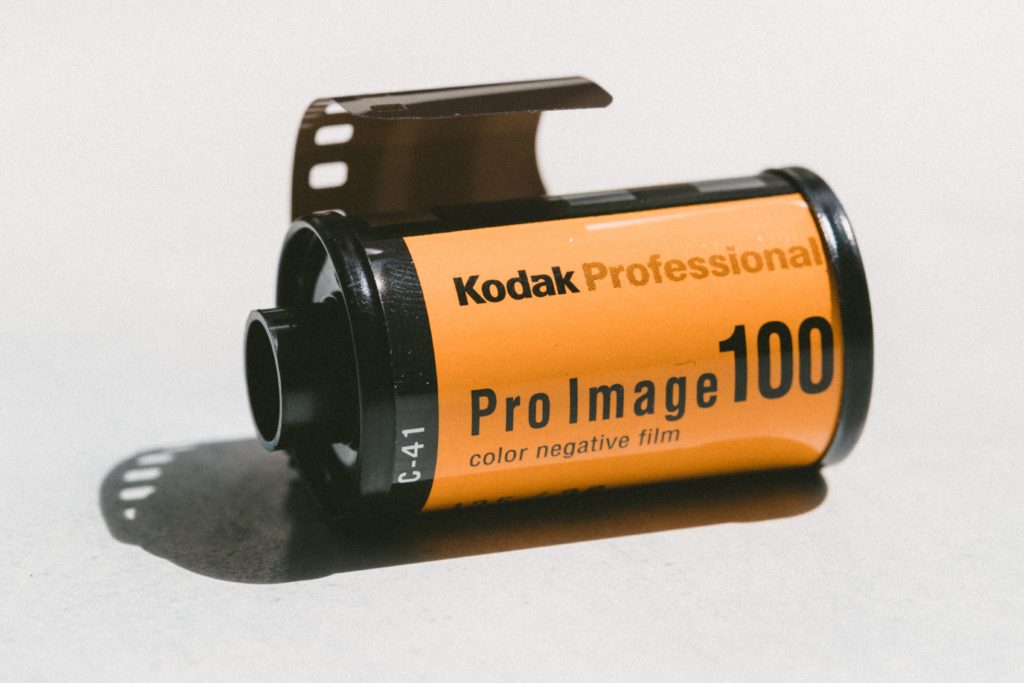
3. Embrace cinematography
Movies, series, documentaries, and pretty much anything that involves serious video, requires a photography director or cinematographer. Every frame has been decided by them, so watching this kind of content will nurture your visual repertoire like anything else.
4. Print your photographs
Beyond being a great experience, printing your images allows you to get involved with your photographs in a physical way will connect you with your own work in a whole different level.
5. Learn to anticipate light
Anticipating light can only be achieved by practicing a lot, but, with practice, it will become second nature. All you need to do is force yourselves to choose a specific lighting situation and guess the exposure values prior to getting into the detail. Think of it as a game, and as long as you get a proper exposure, you'll be keeping up with the game.

6. Consume images
You can't be a good photographer if you don't consume high-quality images. Keep all your feeds highly curated, and you'll be just fine. We develop our own styles by consuming things that we like and avoiding those that we don't. Keeping those aesthetic experiences in mind will be the perfect input for your creative workflow.
7. Fall in love with one lens
Stick to one single lens for a long period of time, and you won't regret it. Limiting your options and photographic situations will trigger the most creative solutions. At first, you'll feel uneasy, but trust us, this is a great thing to do, and if you need to zoom, well, you can always move your feet (unless you are shooting wild animals…).
8. Shoot for yourself
Who are you shooting for? Try to regularly shoot photographs for yourselves. Maybe they won't be interesting for your audiences, but they will be meaningful to you.
9. Try Juxtaposition
Juxtaposition is a complex thing to do, but when done right it can deliver the most interesting photographs ever. The trick is to make it in a natural way that doesn't seem forced. Try to be ironic, and simple, and you'll do it just fine.
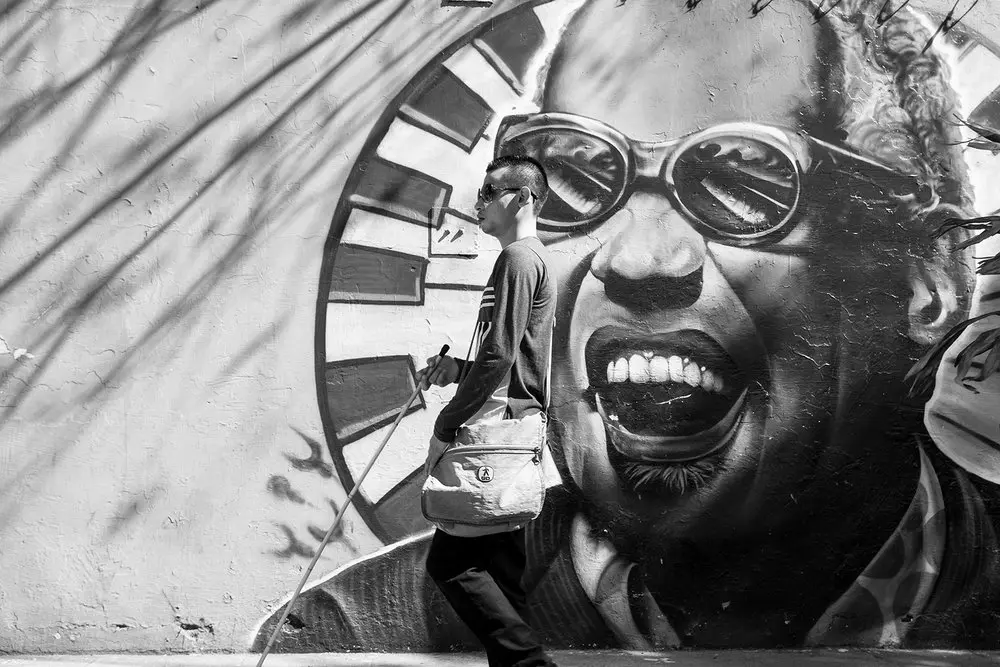
10. Never underestimate your own house
One of the biggest problems we have as photographers is that we always tend to think that grass is greener on the other side of the fence (way more than any other person). Therefore, we tend to miss great stuff happening close to us, even in our own neighborhood. Never underestimate the power of your own house, even if it is just practicing anticipating light.
11. Highly known subjects
Working with highly known subjects allows you to anticipate more easily certain things that could overwhelm someone with less experience on a subject. Try to develop your portfolio around subjects you know and love, and you'll come up with meaningful bodies of work.
12. Seek humor
Humor is very difficult to achieve in photography, and it requires a lot of intelligence to make someone laugh. There is a huge difference between humor and making fun of somebody, keep that in mind always.
13. Always shoot in RAW
Unless you need to deliver things fast and undeveloped, then shoot in jpeg, but really this might only be the case in the genre of photojournalism. Shoot in RAW always, even if your jpegs look extremely beautiful, you never know when you'll need that extra amount of information from RAW files. You can also shoot in RAW + Jpeg if you wish. Having fewer frames to shoot will have a positive impact in your keeper's ratio.
14. Prime lenses keep you from being lazy
Prime lenses make photographers move around, and that is a huge benefit.
15. Don't get overwhelmed with gear
Please, remember that photography is what matters, bodies and lenses are just tools that will enable you to capture photographs, don't ever get overwhelmed by gear.
16. Post-processing is the other 50%
Every single image taken from your camera will work as the input of your developing process. Taking a good picture is awesome, but it is highly likely you'll run it through some software, even if it is just for a minor crop. Try to shoot the best you can from your camera, that will reduce your time behind the computer (unless you love spending hours and hours of your time behind a screen instead of shooting with your camera). But remember, post-processing isn't a crime, developing your images is what photographers do.
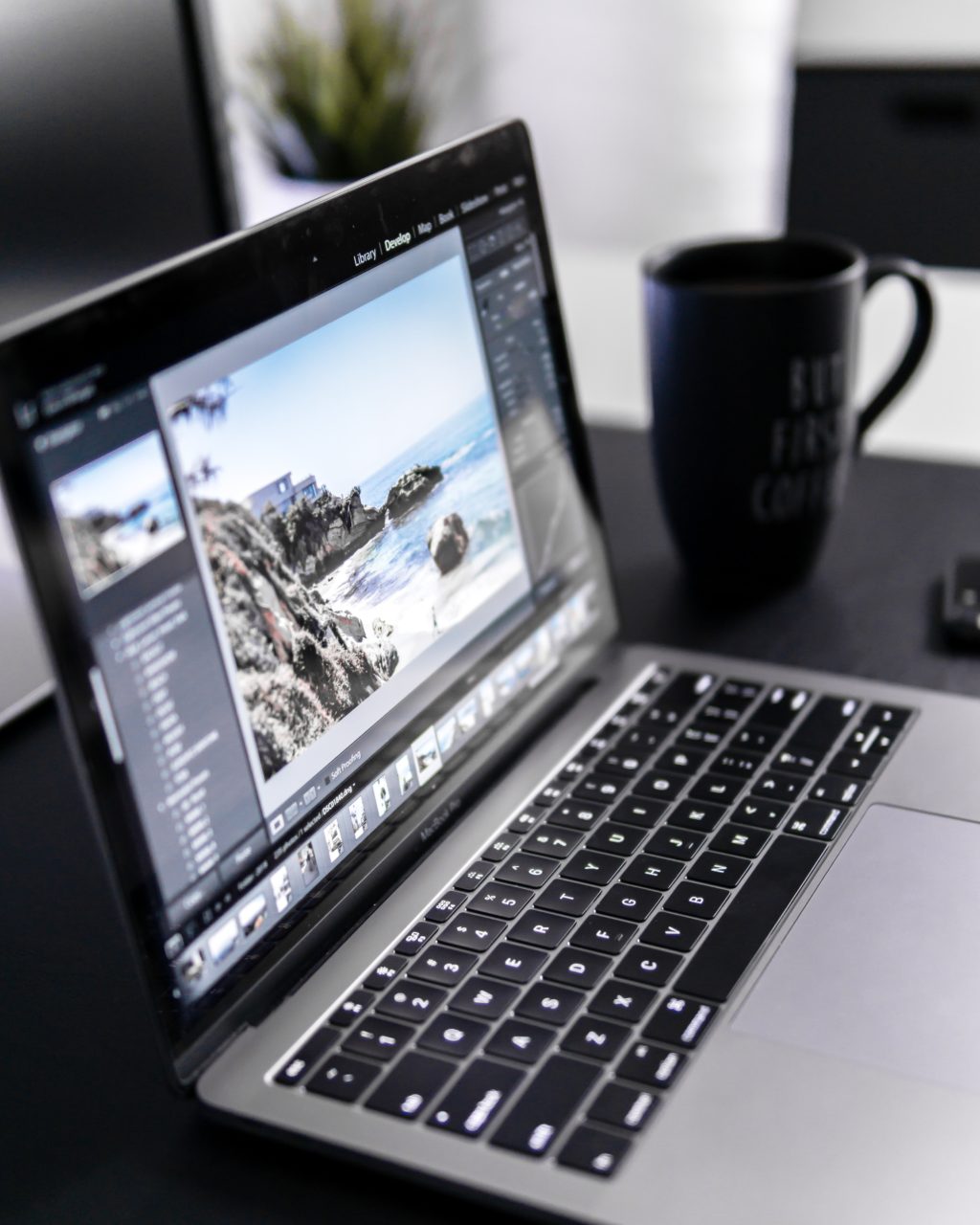
17. Turn off AF when your camera is not being used
Automatic Focus usually locks the focusing ring of a lens, remember to turn it off when you aren't using it, especially when your camera is in your camera bag. Movement can cause mechanical stress to your lens with autofocus enabled, and therefore it can cause damage to it.
18. Make things happen
Sometimes you can be in control of what will happen before your eyes, be creative and make things happen. For example, Elliott Erwitt used a horn to make people and dogs react is a funny way before taking a picture.
19. Buy photobooks and magazines not lenses
Photobooks are the summit of many photographers' work, try to invest in them instead of the latest and greatest in photographic gear. Don't forget magazines as well. Consuming high-quality images will have a positive impact on your style.
20. Seek beauty in everyday situations
Don't underestimate the value of the ordinary, seek the beauty that is in your immediate surroundings and allow yourself to be surprised every time.
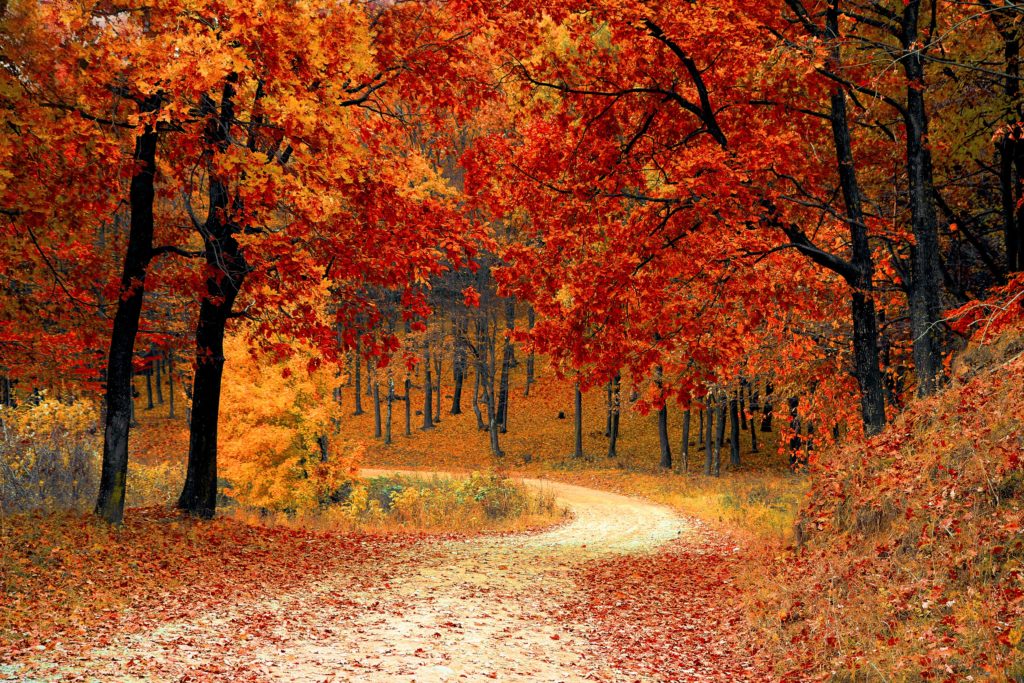
21. Film and Digital are just formats
Some people say that film is better than digital, and others say the opposite. It doesn't really matter as long as they don't define your images. Film and digital are mere formats as Canon and Nikon are just brands. As long as you understand exposure and composition, you can use pretty much any camera.
22. Get an everyday camera
Missing the photo of your life is awful, please, at least on this one, listen to me. Get an everyday camera, and if that everyday camera becomes your always camera, it will be better for you.
23. Backup your backup
Things will fail when it comes to technology, the big question is “when” and not “if”. Be prepared, and backup your backup.
24. Black and white should be justified
Black and white shouldn’t be used as a tool for making your badly composed or poorly exposed image look better. It should be justified. For example, in street photography, colors hardly ever get along…use black and white when the image calls for it.
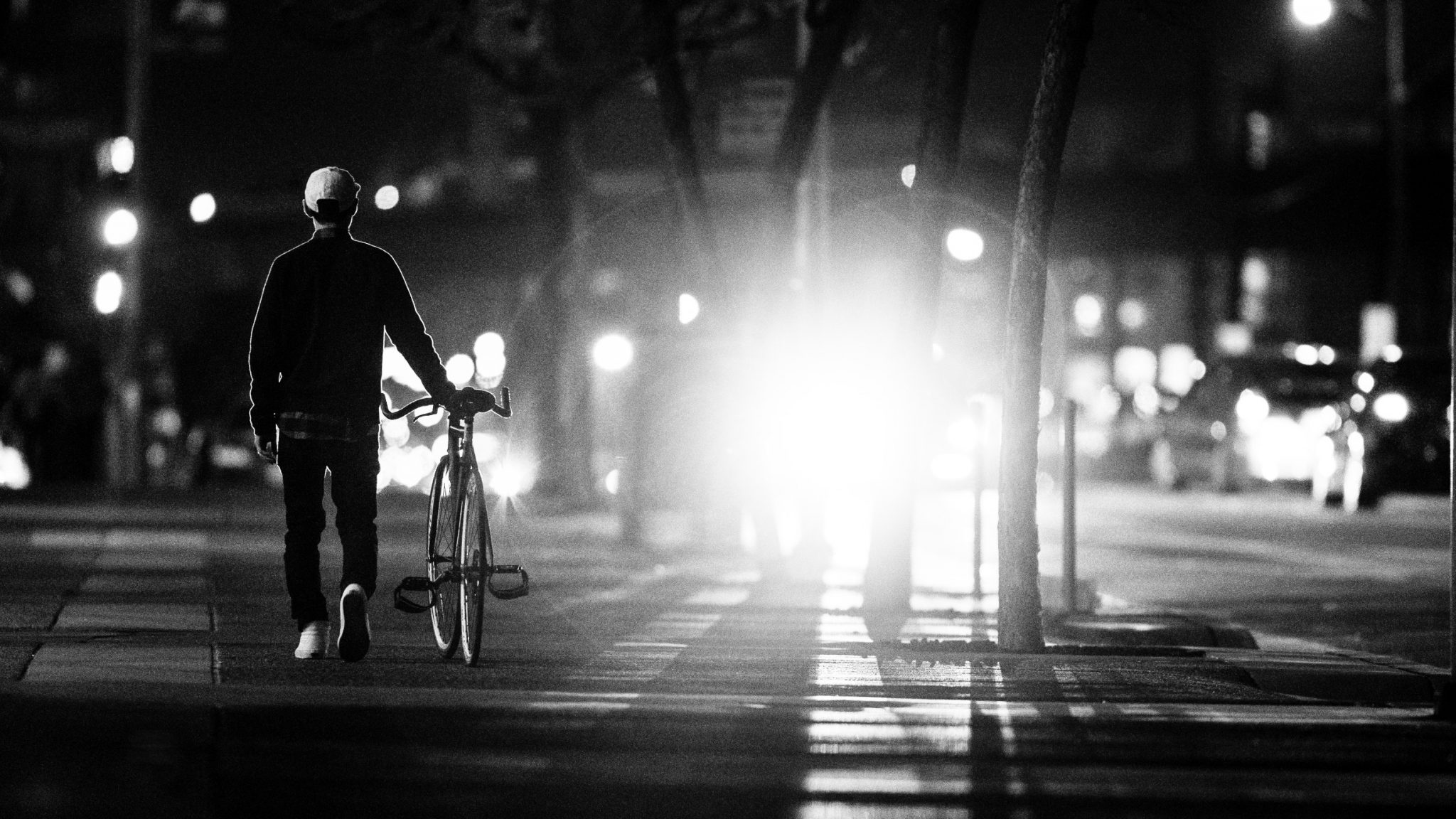
25. Get inconspicuous neck or hand straps
As long as companies don't pay you for promoting their brands, you shouldn't be using those huge straps with the big camera companies’ logos. Try using inconspicuous straps that will allow you to walk around without being noticed.
26. You aren't close enough…get closer
Robert Capa is known for many things, including the famous quote “If your pictures aren’t good enough, you aren’t close enough.” He was referring also to getting involved with your topic, get closer to the theme you are working with.
27. Respect others
Photography can change the world, and this responsibility should not be underestimated. Always respect the people, places, and things in front of your camera.
28. Compose well in camera
Composing well in camera is always a plus, do it and you'll have an image that is much easier to develop when you move to post-production.
29. Overexpose in Digital
Sensors are more capable of recovering information from the highlights. Understanding this, it is best to overexpose just a little so you achieve richer tones in your images.
30. Underexpose in Film
Film is the opposite. You are able to recover more information from the shadows when it comes time to process your film. So, underexpose a little and you'll get richer tones.
31. Build a consistent portfolio
Every photographer should see their Portfolio as the most valuable asset ever, and working on a consistent portfolio that reflects your style should be your 1 priority. Amateurs and professionals alike, focussing on your portfolio ensures you develop a consistent style all your own.
32. Hang out with other photographers
We can't say this enough, hanging out with other photographers will help you be a better photographer. Not just because you all can share tips and feedback, but also because by hanging with other photographers it is easier to keep ourselves motivated and inspired.
33. Talk about other things beyond photography
Hanging out with other photographers shouldn't require 100% photography oriented conversations. Talking about different topics broadens our perspective, and this is essential for new, creative possibilities.
34. Ask for critique
Receiving objective and honest critique is one of the most valuable things a photographer can get. This is the only possible way to actually become better at photography.
35. Also, critique others' work
Even if somebody isn't asking for a critique, try to give others constructive comments about their work. They will be much more appreciated than asking banal questions like “what camera are you using?”.
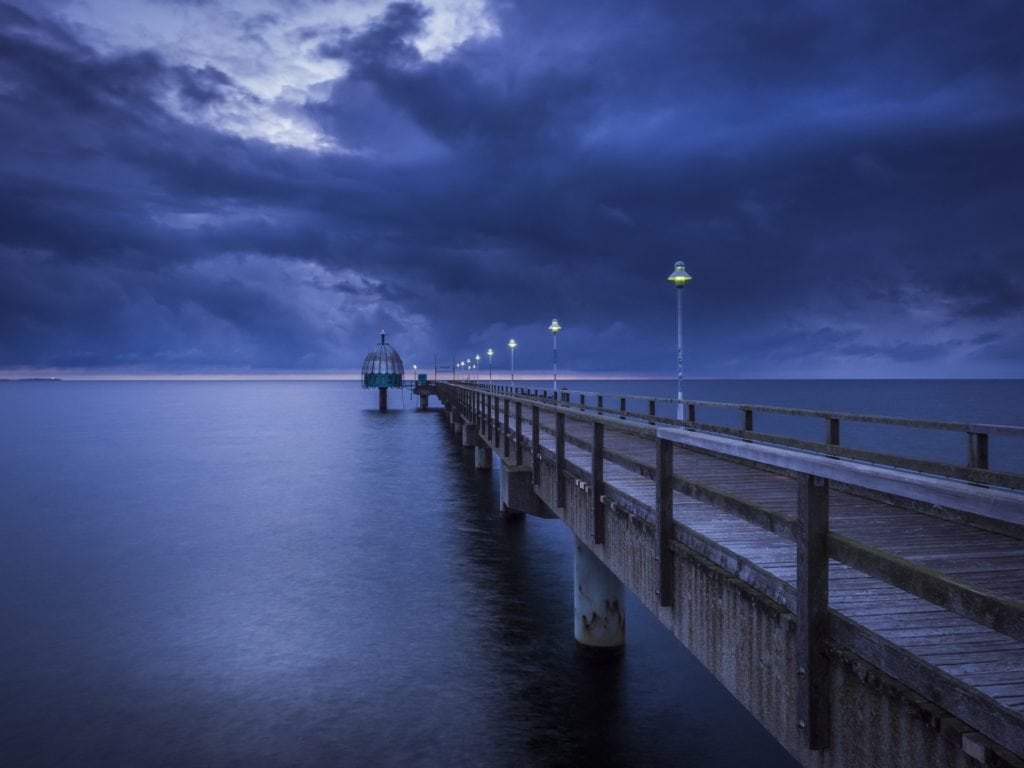
36. Always keep your eye on the exposure meter
Anyone can easily lose themselves when looking through the viewfinder – honestly, our eyes are capable of focusing intently on one thing. Try to always keep that angle of vision wide, and keep the exposure meter always in sight.
37. Join an online photography forum
If hanging with other photographers is a great experience, being part of an online community is also fascinating. The physical gatherings can take some time to happen and can be pretty scarce among large groups of photographers. Being involved with a community is always great, a lot of them are warm and respectful, and they have amazing information to share with us. The Light Stalking community is one, be sure to check it out.
38. Isolate subjects
Reducing the number of elements inside a frame is a very effective way of delivering a specific feeling or message. Try to isolate your main subjects in the frame. This is something very useful for street photographers, especially when walking through crowded places. Embrace the challenge of isolating in on a subject in the busy streets.
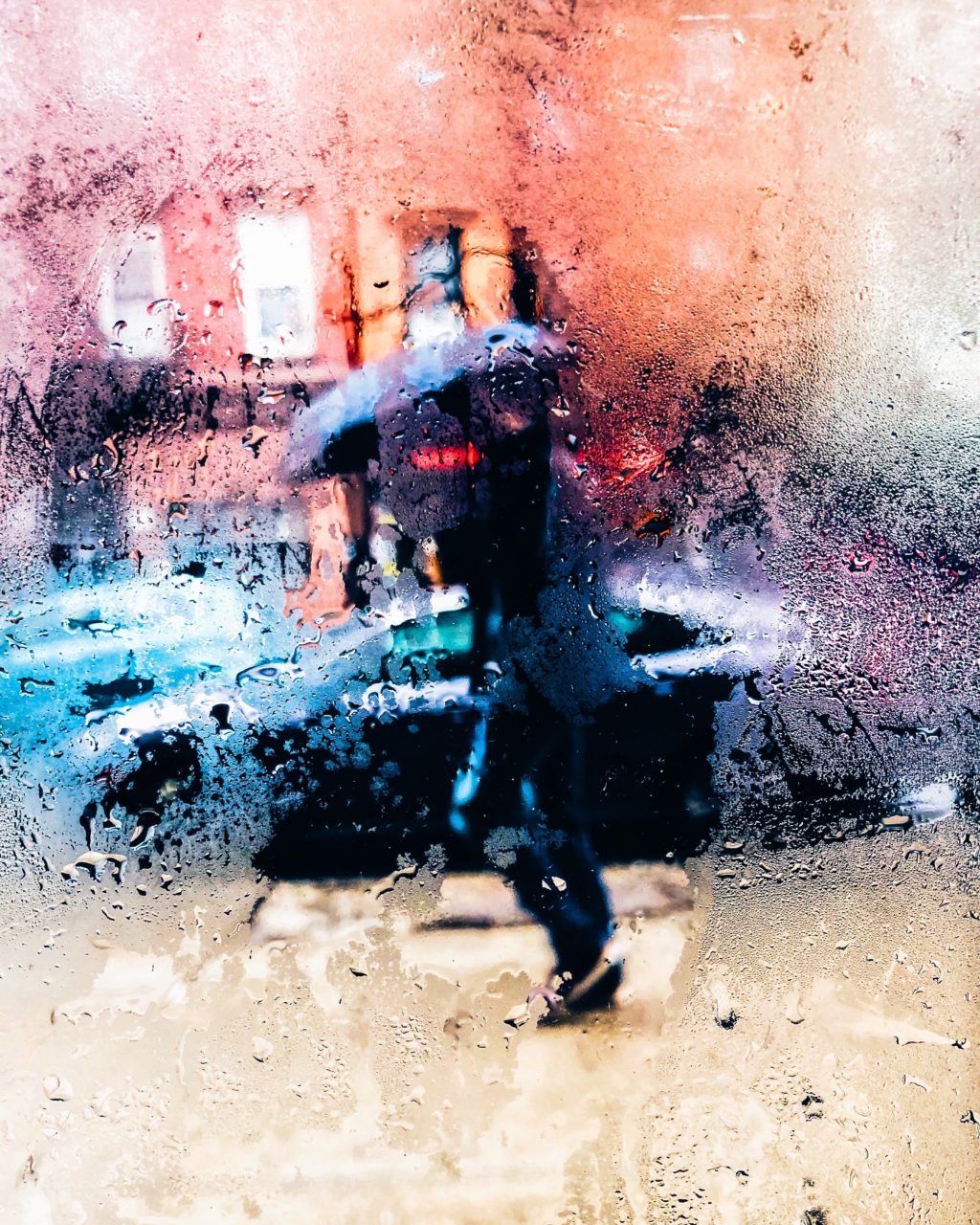
39. Get away from the need for immediacy
Calm down your publishing or posting habits, a slow pace will give you enough time to be more objective about the aesthetic quality of a photograph. Stop publishing right away!
40. Likes and hearts won't measure your quality as a photographer
Consistency will.
41. Avoid chimping
Chimping is the act of looking at the LCD screen every time we take a picture in order to make sure we have captured your image. Let's try trusting ourselves and the camera, the picture will be there, and if you have the correct exposure based on your plan and the exposure meter, then everything should be alright. Chimping might seem harmless, but it can potentially drag you away from taking a wonderful picture due to being distracted.
42. Shoot 120 film
Medium format film cameras use 120 format film, and if you want to take the “shoot less think more” experience to the next level, give 120 a try.
Bonus: it only allows you to shoot 12 frames.
43. Watch documentaries about photographers
Documentaries about photographers are awesome, they inspire and they reconnect us with the real purpose behind our craft, telling great stories no matter what.
44. Watch movies about photography
Also, movies about photography and photographers are inspiring to watch.
45. Look for candid images rather than posed
We can't disagree on this one, natural and candid moments beat the hell out of posed portraits. Capturing natural gestures is always a delight, aim for them, be patient, and always be prepared.
46. Listen to photography podcasts
If movies are great, podcasts are even better. You don't need to listen to them all, of course, just find a couple of good podcasts and you'll keep your inspiration flowing. Photographers often talk sincerely about photography when they make podcasts.
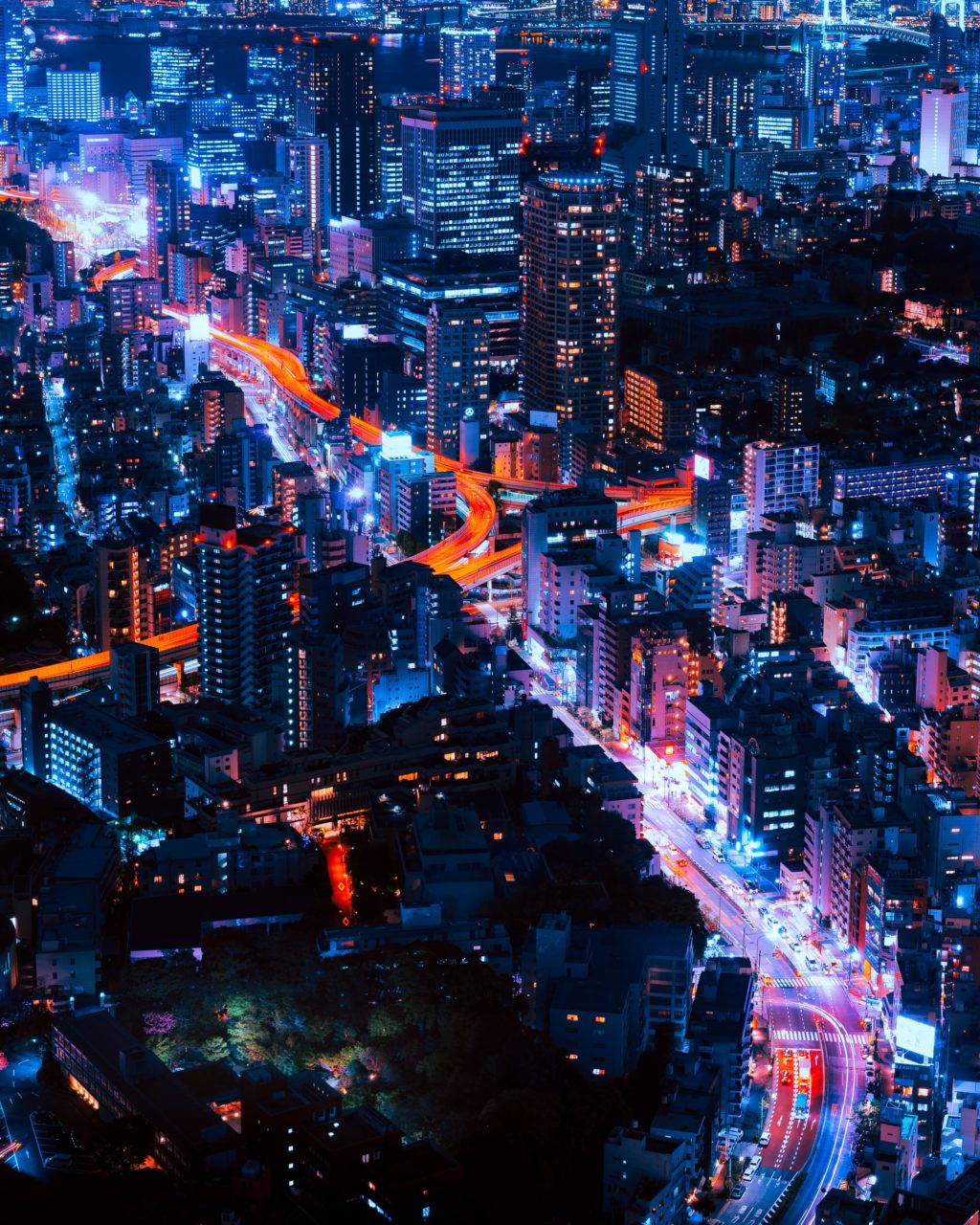
47. Look at photographs from specific countries and you'll find common elements
Photography can be affected by demography, and it is curious to see recurring visual elements among photographers from Hungary, Mexico, the United States, Japan, Russia, etc. Take a look at them, and you'll find things that will allow you to connect different cultural aesthetics, and therefore you'll be able to define styles and learn and be inspired by them.
48. Learn to develop film
If shooting film is a beautiful experience, developing it is mind-blowing. I just can't explain how fascinating this activity is. It always makes me smile, and teaching others how to develop film, is even better. It is truly like magic.
49. Get to know your camera's capabilities
Many people will tell you avoid cranking up your ISO, or that you should shoot like this or that. Honestly, you should understand your camera before even considering setting limits to what you do. Technology has advanced a long way, and now, even entry-level cameras will handle ISO values like 800 and 1600 without showing up dreaded noise. Don't limit yourselves without knowing the boundaries or capabilities of your camera.
50. Having a human element is important
Everything looks more interesting if it has a human element (a literal human or the implied human presence or footprint). Try to include human elements in your frames and you'll have interesting shots in your hands every time.
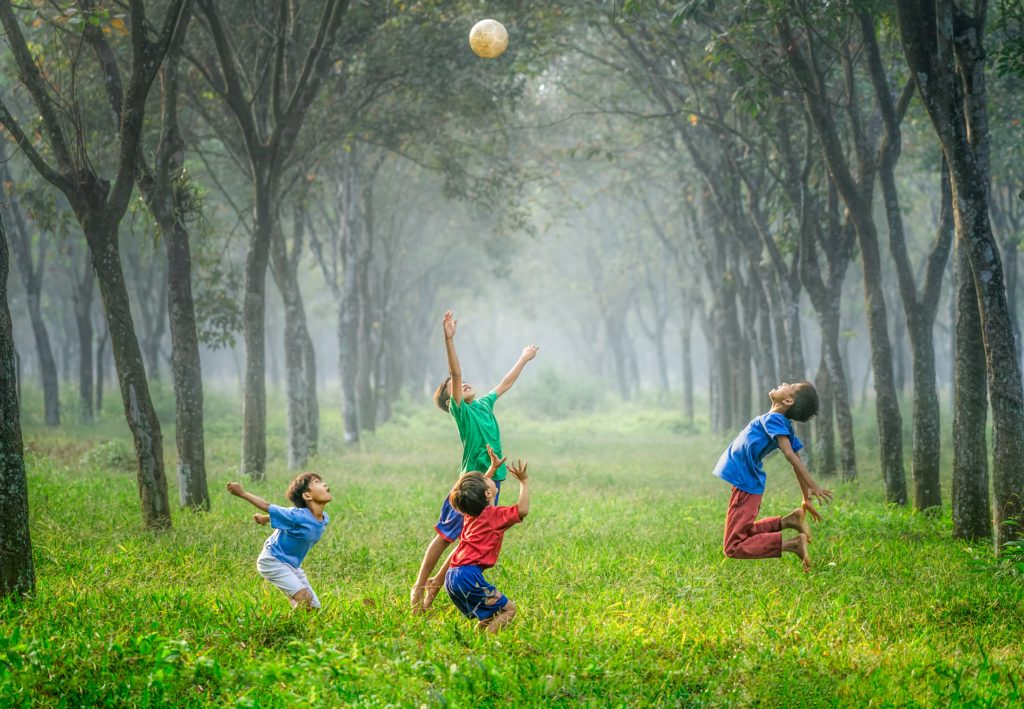
51. It is impossible to “Photoshop” bad images into good ones
Photoshop is extremely powerful there is no doubt about that, but it has to start with a high-quality image in order to transform it into an amazing photograph. It is impossible to correct flaws like bad-focusing choices, or motion due to inadequate exposure values. You can't Photoshop a bad image into a good one.
52. Cameras aren't newborns
Cameras are great tools and some of them are way more appealing than others, but remember to treat them like tools, not newborns. People caring too much about their precious gear often miss great shots.
53. Everybody is a photographer
Remember this, anyone can use a pen, drive a car or use a camera. Nowadays everyone is taking photographs on a regular basis. You have to do something different in order stand out.
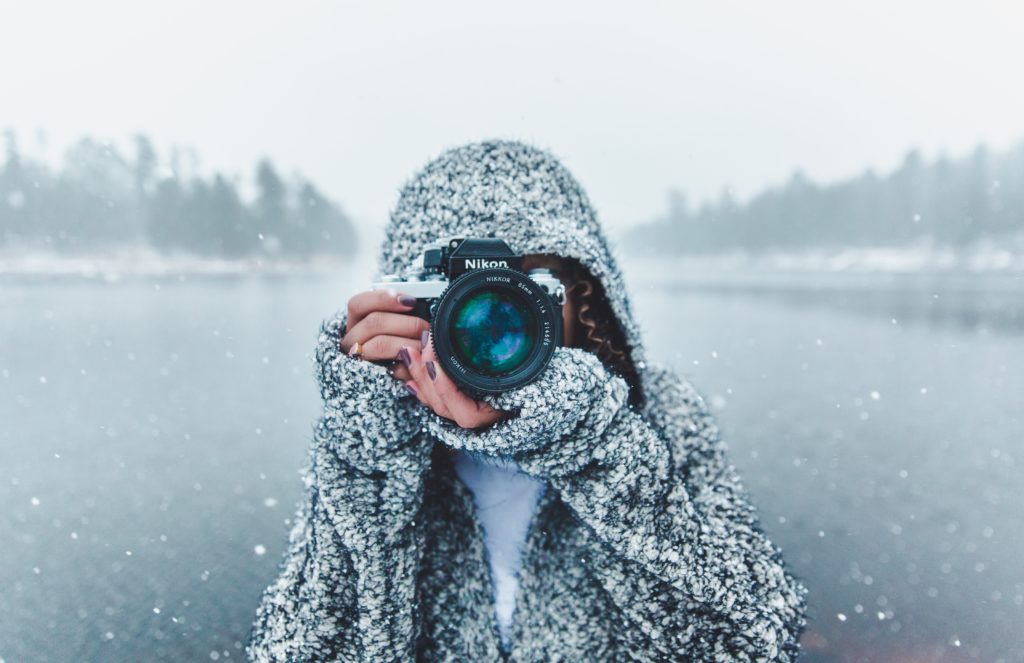
54. Read about aesthetics
Seriously, if we are talking about “doing something different”, aesthetics is the way to go. With this in mind, you'll produce images that will aim to trigger the senses and not just showcasing the everyday stuff.
55. Read about photography, not just technique
Also, reading about photography beyond technique is a great experience you should try out.
56. More gear on your back = less photography enjoyment
This is simple, travel with only a few pieces of gear, and you'll enjoy your photography life better. Travel with every piece of gear you have, and you'll be stressed out and weighed down. Also, traveling is expensive, so you deserve to enjoy your trips.
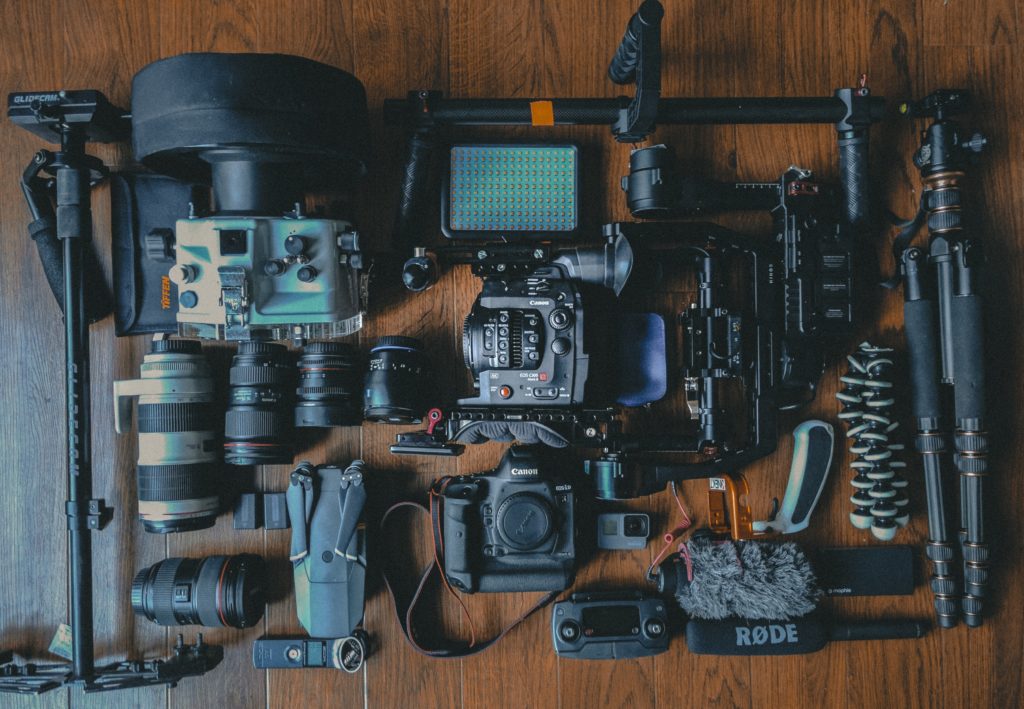
57. Never run away after taking a street photograph…
Street photography is complex, and some people get pretty annoyed when they are photographed. You might even get asked to delete the photograph, and well, we encourage you to do it. Don't make our beautiful craft a vicious one with violent acts. Also, if you take a photograph of someone, and they spot you, please don't run, that will only make you look creepy and odd.
58. Invest in a good pair of shoes
A high-quality photographic experience involves a lot of walking; invest in a good pair of shoes that could be used all day long without getting tired.
59. Explore other genres of photography
Photography is generous in terms of genres and styles, and it is easy to fall in love with just one. It is healthy to experience with other genres in order to keep the juices flowing.
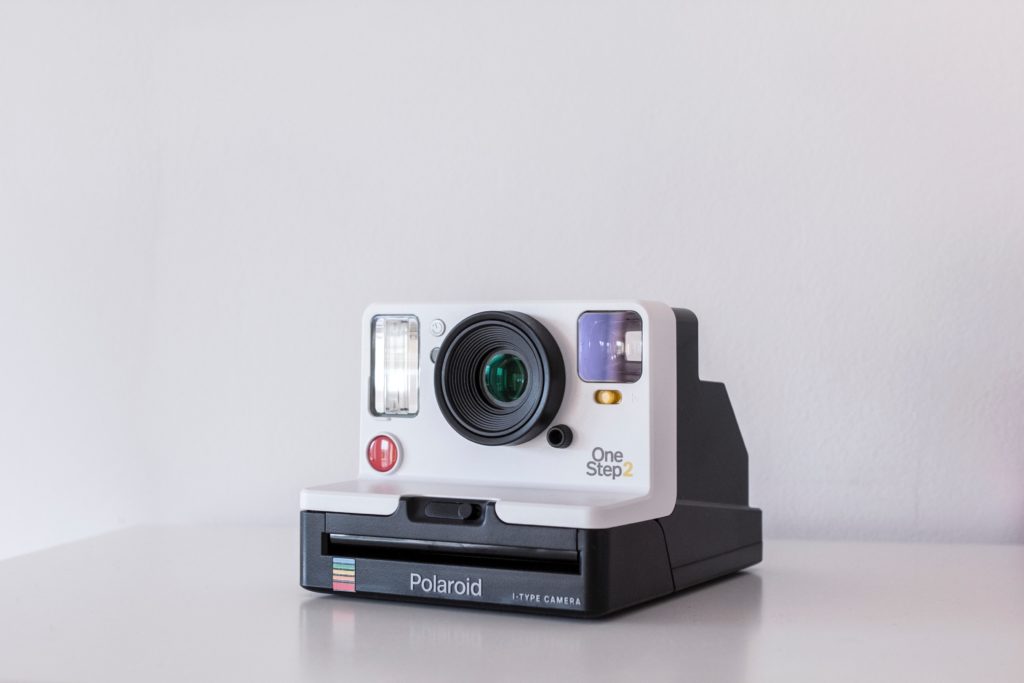
60. Teach others about photography
Learning stuff online is a regular thing to do nowadays, therefore there is a lot of empirical knowledge around. Whenever you can, teach others about the little or much you know about photography, and you'll experience one of the most nurturing experience there is in the photographic world.
61. Share the little you know
Again, sharing is caring. The world of photography is huge, so every bit of information we can share to other peers will be extremely well received and useful as well.
62. Learn to trust a histogram
The histogram is one of those things that many photographers would have dreamed of. It is an amazingly accurate way of illustrating how light and tones are distributed within the frame. Learning to trust a histogram will make you a faster photographer.
63. Noise is better than blurriness
Even with powerful technology, ISO still produces noise at high values. But it is better to have a slightly noisy photograph than an oddly blurred photograph thanks to motion or hand-shake.
64. Avoid machine gun mode (unless extremely necessary)
Shooting in burst mode could save you, it is true, but learn to decide when it is extremely necessary to have it. Otherwise, you'll become sort of lazy and will be capturing the whole moment rather than the highly desired decisive moment.
65. Crouch
And speaking of avoiding laziness, getting physical will make you a better photographer. Low angle shots achieved by crouching will give you not only great looking photographs but also will get you closer with your subjects.
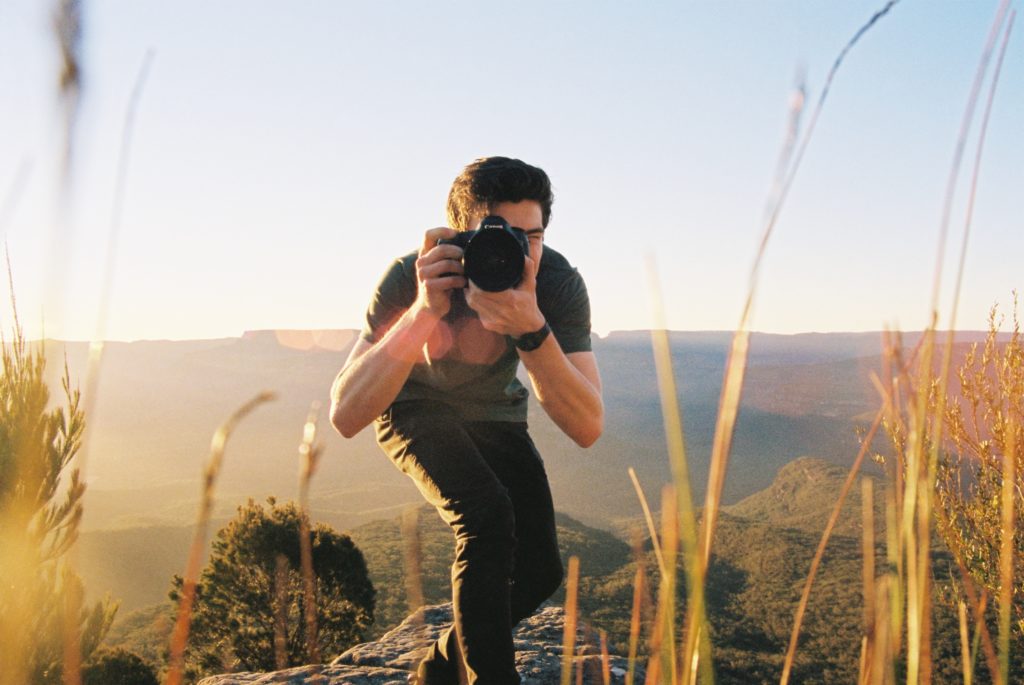
66. Never stop taking photographs
Alright, if you truly love photography, then telling you this one is perhaps a waste of time. But, we can't take the risk of avoiding to tell you that you should never stop taking photographs. Photography is about practice and practice and if you leave it behind the passion for it will likely fade away.
67. Learn when to shoot on Aperture Priority Mode
Manual mode is BAE, it allows us to be the master in control of whatever will be happening inside our cameras. But there are some lighting situations in which things happen so fast, that the scenes in front of our eyes can beat the hell out of our own reflexes. Therefore, you should be able to know when to shoot in Aperture priority mode. This mode allows us to keep the ISO and aperture value in our control, and we trust that the camera will make the wisest shutter speed selection for every shot.
68. Learn when to shoot on Shutter Priority Mode
Saying that we can also control the shutter speed and ISO value leaving to our cameras the task of choosing the best aperture value for each shot. Each of these modes works extremely well under difficult light situations, and hey, engineers cracked their heads making these modes, don't be afraid of using them.
69. Don't be afraid of the rain
Many people miss extremely good shots due to bad weather and rain. Just make sure you keep your camera dry and take it outside!
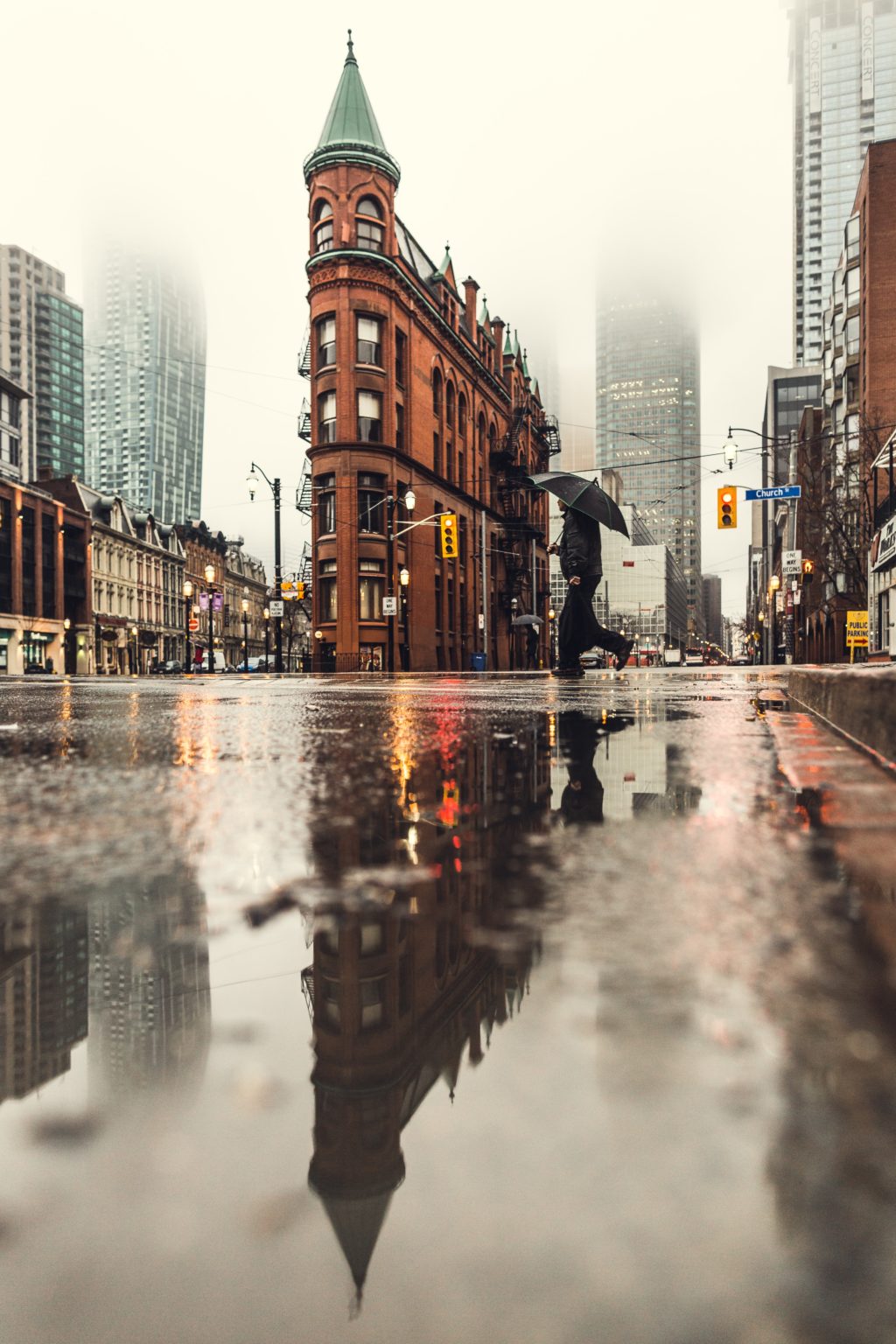
70. Avoid harsh light
Harsh light = blown highlights. Avoid midday sun if possible, unless you are really into that particular light quality.
71. Wake up early and stay up late
Never trust a photographer that doesn't like to wake up early in order to capture the most beautiful light ever. Seriously, if you wake up early, you'll get better shots than the average amateur photographers. Staying out late and capturing the night sky also gets your creativity flowing and gives you a chance to learning new skills.
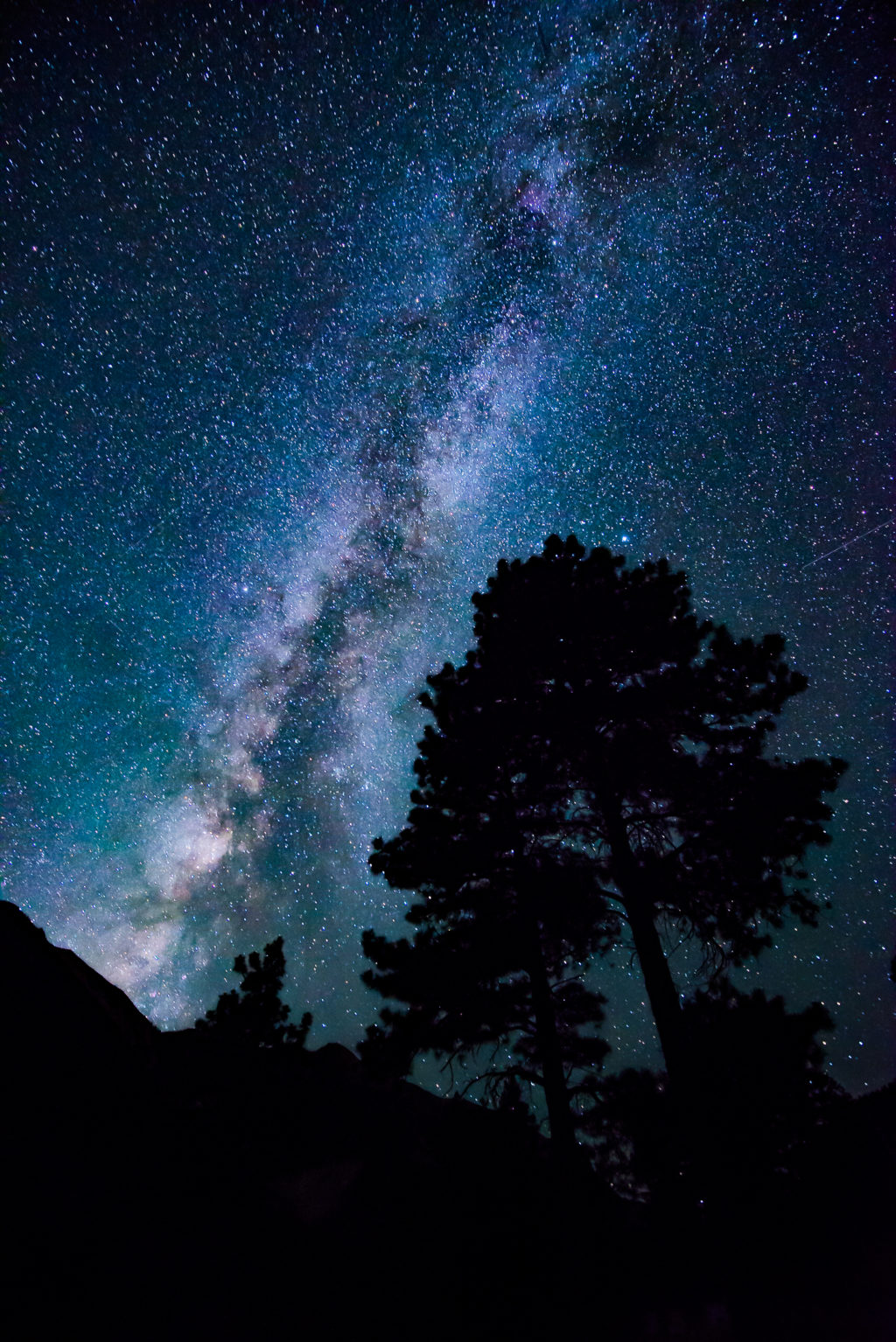
72. Do your homework, research!
If you are into a topic, then make your homework. Deep research will give you a broader perspective on how the aforementioned topic has been developed in the past. By doing this you'll avoid repeating stuff.
73. Seek good color street photography
Good looking street photography is a huge challenge, and we know it. The main reason why is because the scene is completely out of our control as photographers (at least in terms of elements and light). Therefore, there is a huge chance that colors in your scene won't get along at all. Pursuing good looking color street photographs is the ultimate challenge ever.
74. Use lines in your compositions
Using the following lines will make your photographs more interesting to read:
– Horizontal
– Vertical
– Diagonal
– Organic
– Implied
75. Variations
Variations on a similar theme is a very useful creative thing to do. Shoot the same thing over and over again in different forms and exposures. For some inspiration, try watching the work of Duane Michals.
76. Light is everything
Once you understand how light behaves, your photographic game will skyrocket for sure. The best way for understanding how light behaves is to play thoroughly with a fixed light source in order to see how it behaves when moved through space.
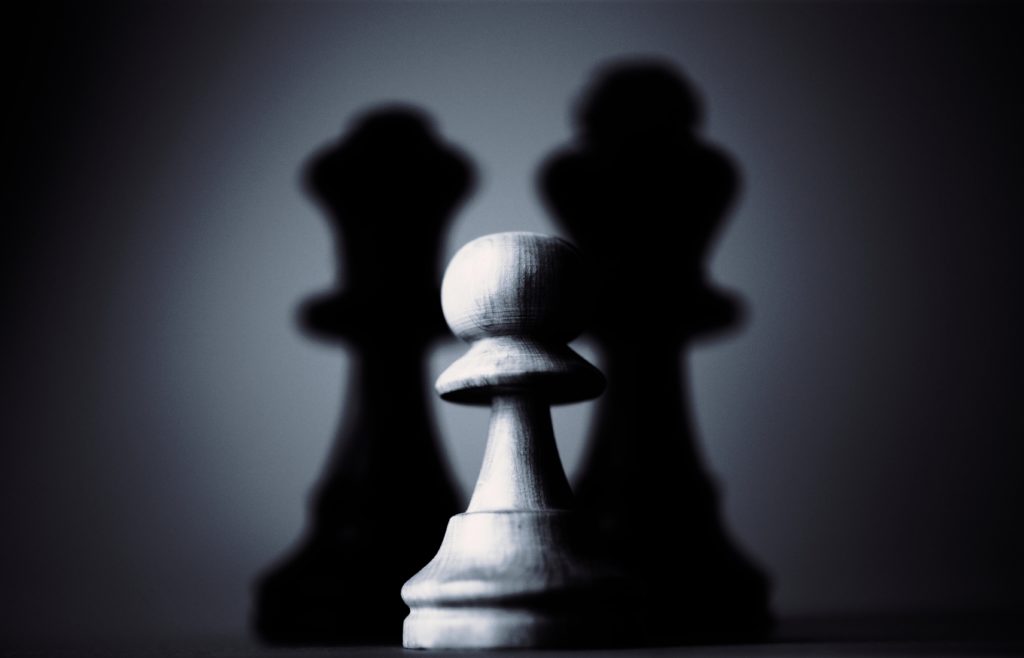
77. Write about your photographs
Beyond cheesy phrases, write about the things that lead you to capture certain photographs, or write about the context you were while shooting it. Write about your photographs, even when it's only for yourself.
78. Avoid excessive hashtags
Publishing your photographs is so easy nowadays, that we take it for granted. Hashtags are useful because they help our images get indexed in the vast ocean of online images. See them as tags, and avoid using too many hashtags.
79. Keep your portfolio highly curated
Your portfolio will be your most valuable asset, keeping it curated with objective criteria will make it stand out.
80. Shoot with your phone once in a while
Shooting with a smartphone isn't wrong at all, shoot with your phones. Working with high limitations take out the most creative solutions ever.

81. Work on topics you either love or hate
This one is pretty well suited for documentary photography or photo essays. Whenever you go for a topic, make sure that you either love it or hate it, otherwise, your passion for photographing it will diminish over time.
82. Sign up for photo-walks
Photo walks are amazing opportunities for hanging out with other peers, and more importantly, to know what the newer generations are working on.
83. Respect other photographers in such photo-walks
There is no more annoying thing than getting a photo ruined by another photographer either stealing your frame or simply wandering around without caring for your frame. Be extremely cautious, and respect other photographers’ photos.
84. Have a checklist
Anything can go wrong, perform a quick checklist before getting outside your place. A big shout out to Dahlia's landscape photography checklist; I love it
85. Develop a solid workflow
It is important to build a workflow because that way you will be able to standardize certain tasks and you'll leave just the perfect amount of room to improvisation. Having a solid workflow will make you efficient and happier.
86. Work around concepts
Building a concept and then working around it is the ultimate way to go for producing meaningful images. Conceptual photography can get your creative juices flowing.
87. Study master painters
Master painters were (and still are) extremely talented when it came to reproducing light. Study the masters you'll get some magnificent inspiration from these paintings and painters.
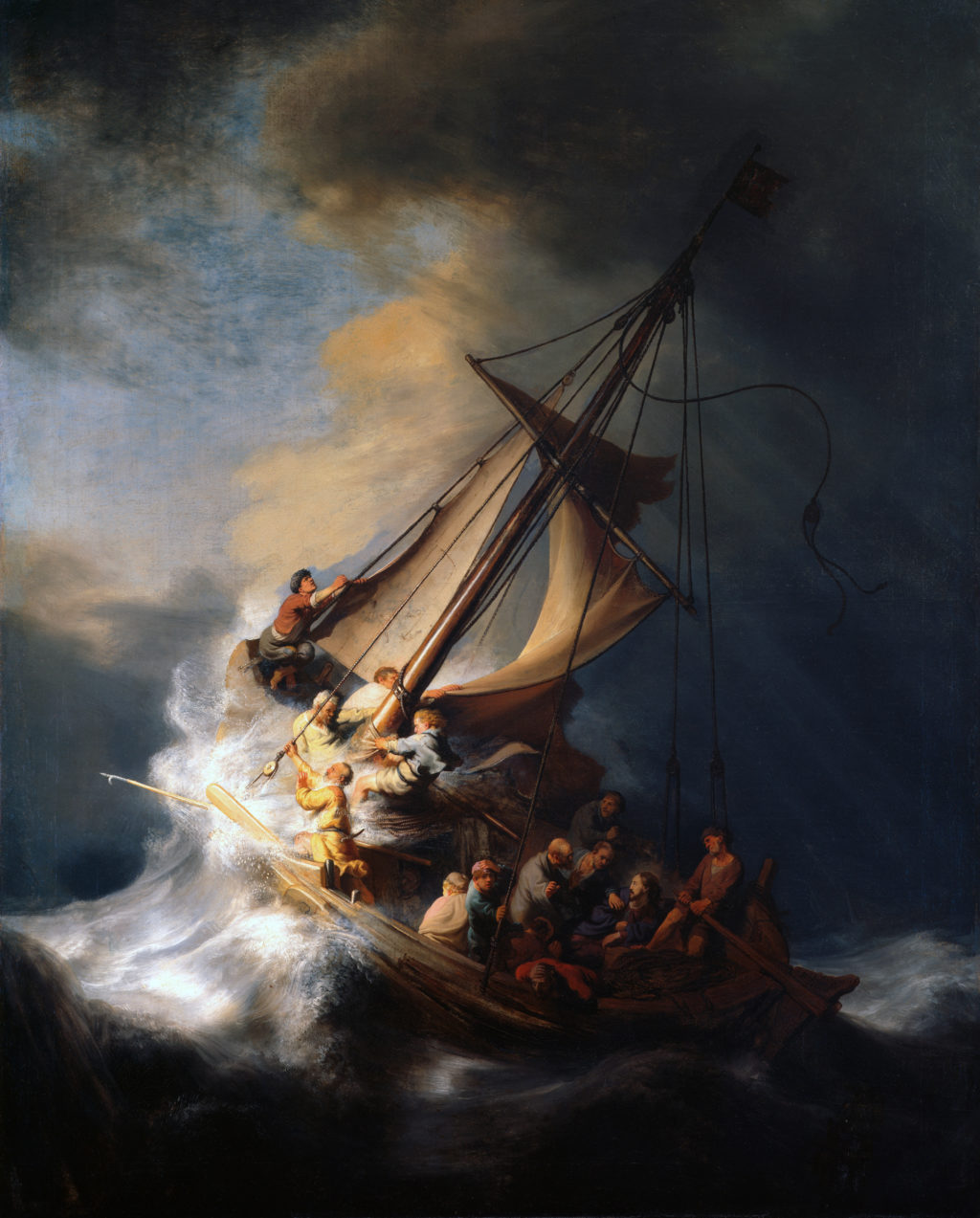
88. Listen to music
Hey, why not, music is always a great inspirational tool.
89. Try to be sure why you are doing what you are doing
Write down a statement, even if it is only for yourself. In this text explain what you are doing the things you are doing with photography and why.
90. There can be a photographer in every profession
You can be anything and still enjoy photography at a serious level.
91. Find a background you like and wait for a subject
Every great photograph is a perfect match between subject and background. Sometimes, backgrounds are so important, that they should be the real subjects. Find interesting backgrounds and wait for someone to cross in front of it. You'll achieve some really spectacular photographs by doing this.
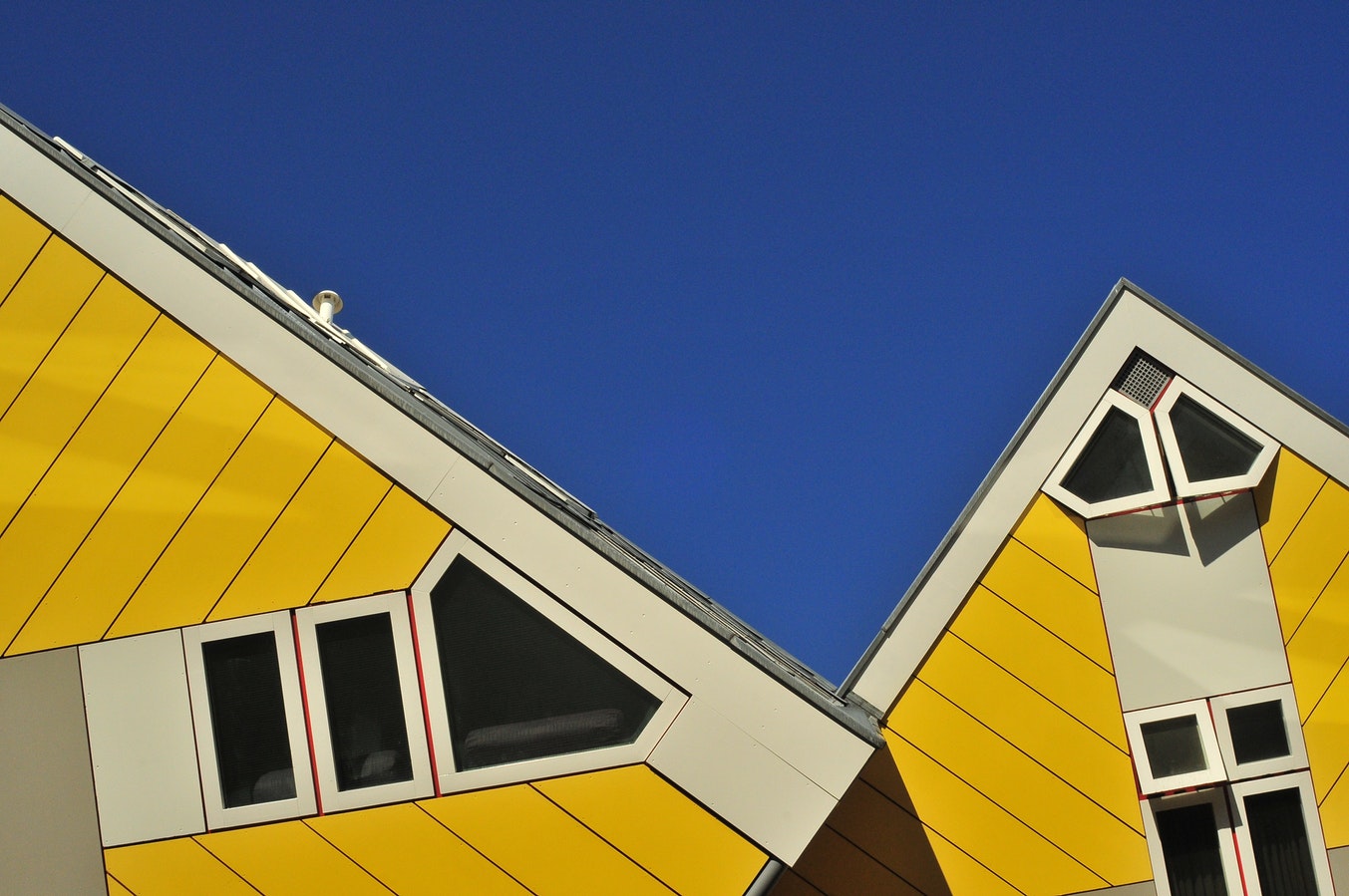
92. Learn to shoot from the hip
Just like in the wild west, shooting from the hip can be pretty useful. The best way for achieving this is with extreme practice, otherwise, you won't be able to nail it. Oh, and stick to one lens, otherwise it will be extremely difficult for you to truly master this technique.
93. Shoot iconic subjects differently
Some subjects have been photographed to the extreme, just take a look at all the photographs of truly iconic places, and then search for a different perspective.
94. Contrast with colors
Contrast is best achieved in photography when complementary colors are playing with themselves in a single frame. Try to combine them in order to achieve a more pleasant contrast among the elements in your shot.
95. Learn about color theory
You should learn as much as you can about color – the technical theory and what colors transmit to your audience.
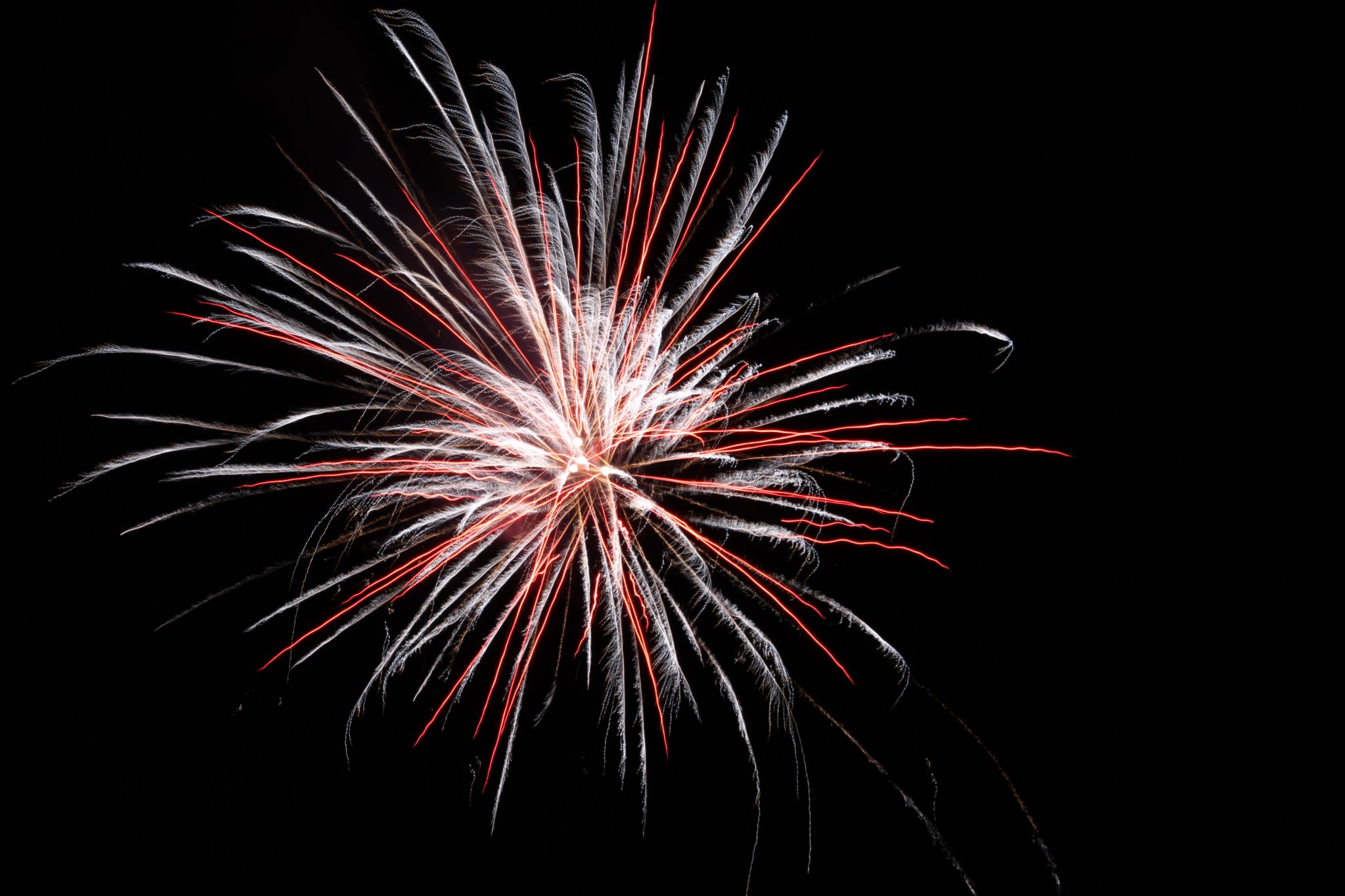
96. Symmetry is BAE
There is something really aesthetic beautiful about symmetry. Nailing symmetry is hard, but when the results are great, the effort pays for itself.
97. Get away from Instagram
I enjoy Instagram as much as the next person…but perhaps visiting a physical gallery will inspire you in ways you didn't imagine. If you prefer to stay online, why not try some other photography-oriented platforms or forums, even if the showcasing and responses are slow, the feedback can be more valuable.
98. Invest in a website
Having a website is the best way you can show off your portfolio. Give your photographs a beautiful website, they deserve it!
99. Practice, practice, practice
Photography is a highly demanding discipline, and if you don't practice, it won't love you back.
We hope you've enjoyed these 99 photography tips. Please use them and embrace them and you will become the photographer you want to be.
Good Luck.

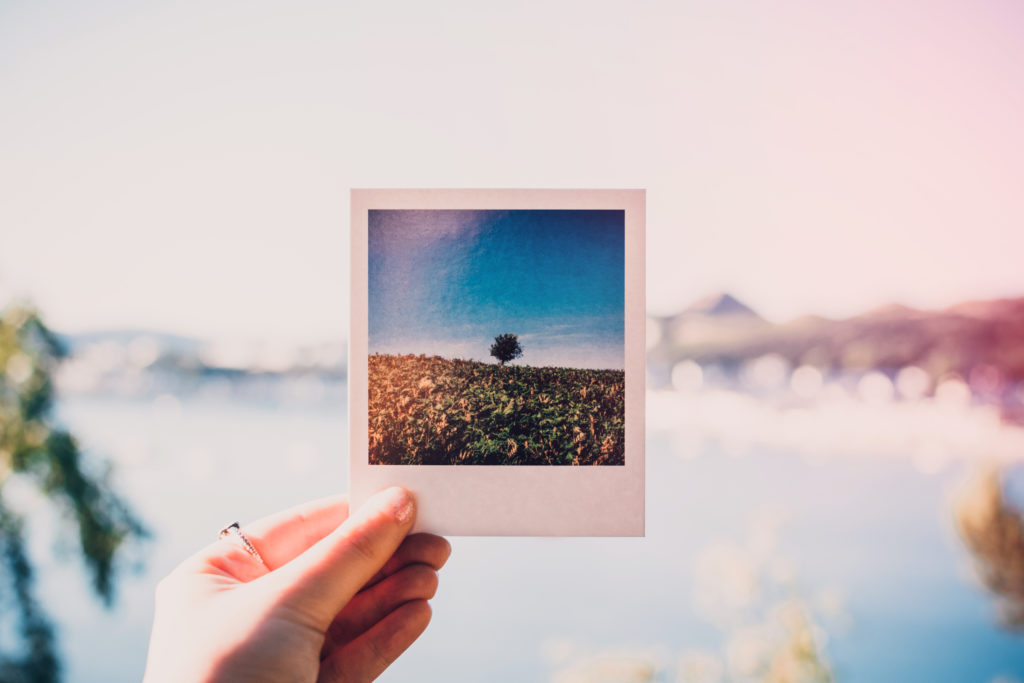
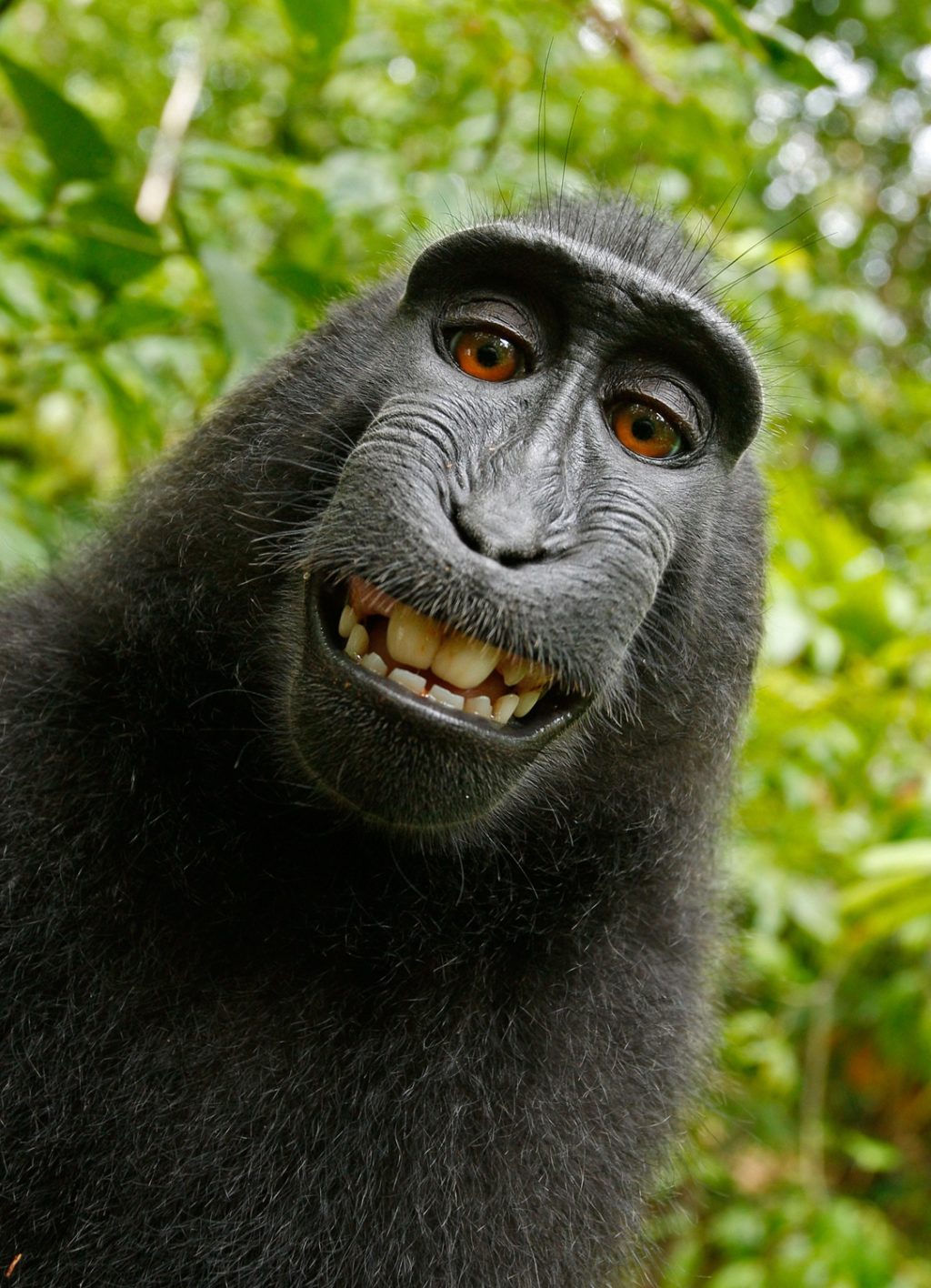
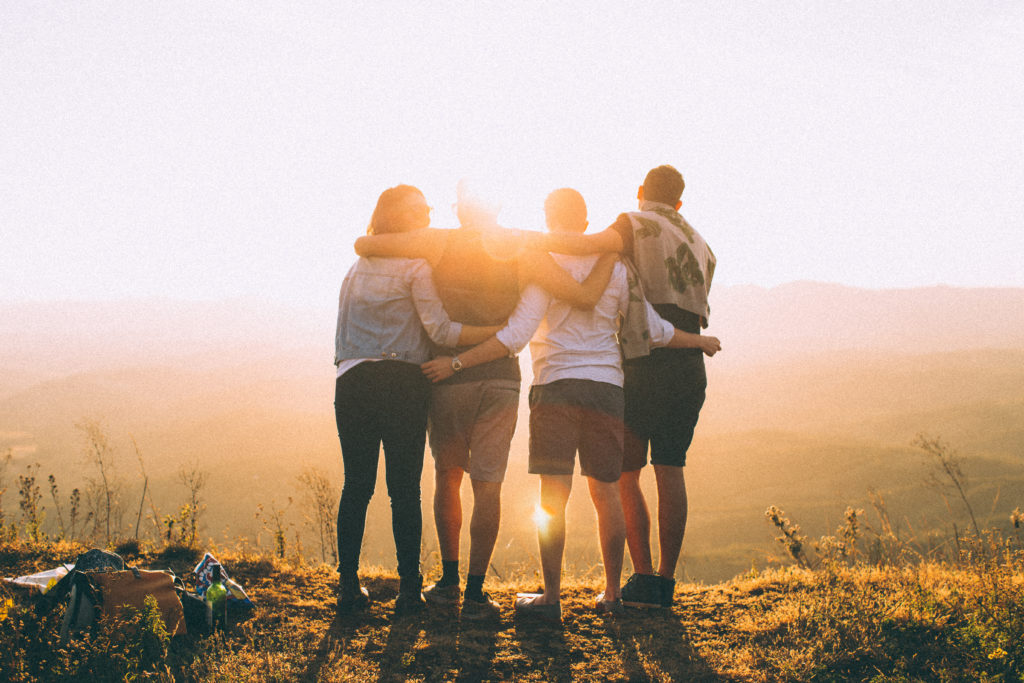
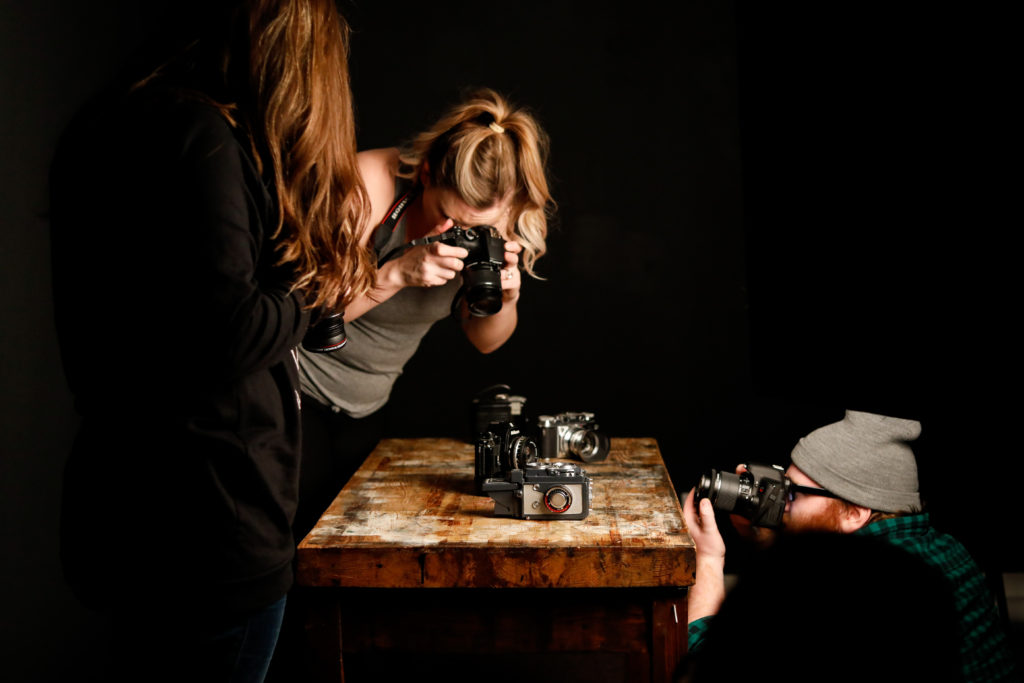
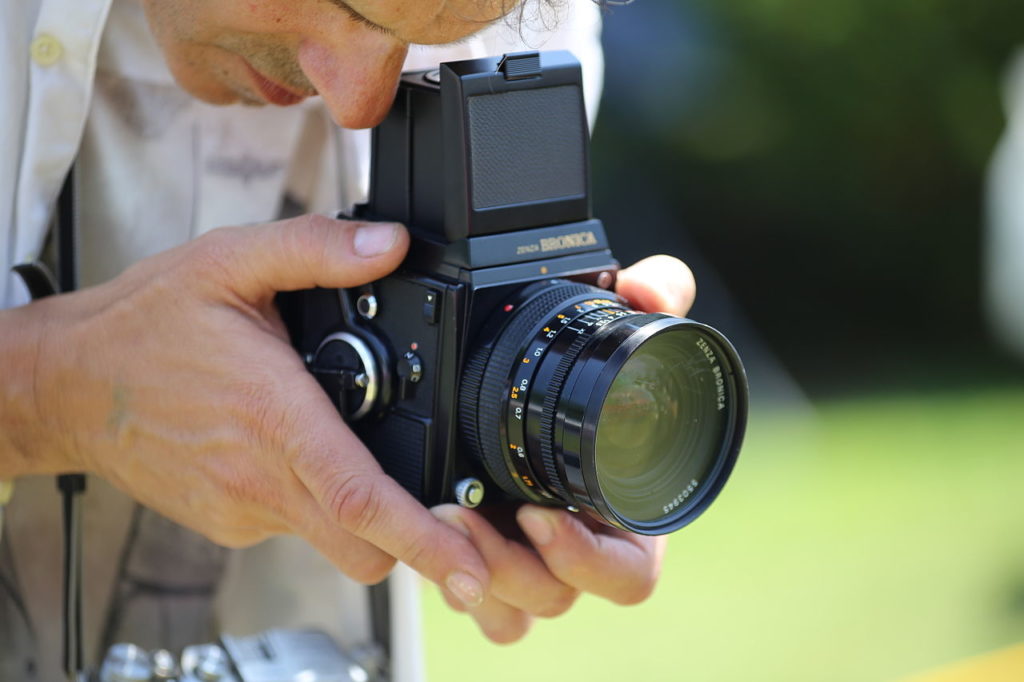






2 Comments
Great photography tips, thanks for sharing
A lot of these were very useful and informative however. Numbers 13/40/45/48/51/56/77 and 97 are a bit silly.
If you shoot digital, its fun to try out film but why develop it, unless you really want to get into it there is not point.
As for instagram is one of the biggest platforms with probably millions of photographers with thousands of different styles. why not use something made for viewing and sharing images…
Also I didnt number it but not really sure if the jusxtpose image really fit with the actual word. Juxtaposition is more like a scene which has been going around currently actually where people are relaxing on a beach and behind them is a dead bodied that washed ashore trying to swim to the uk. May be a exaggerated example but works.